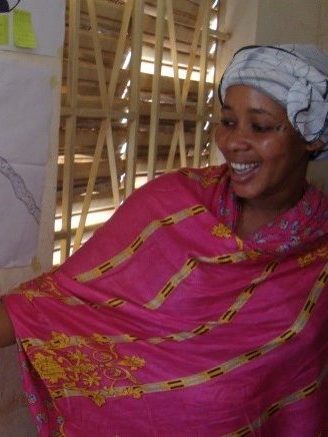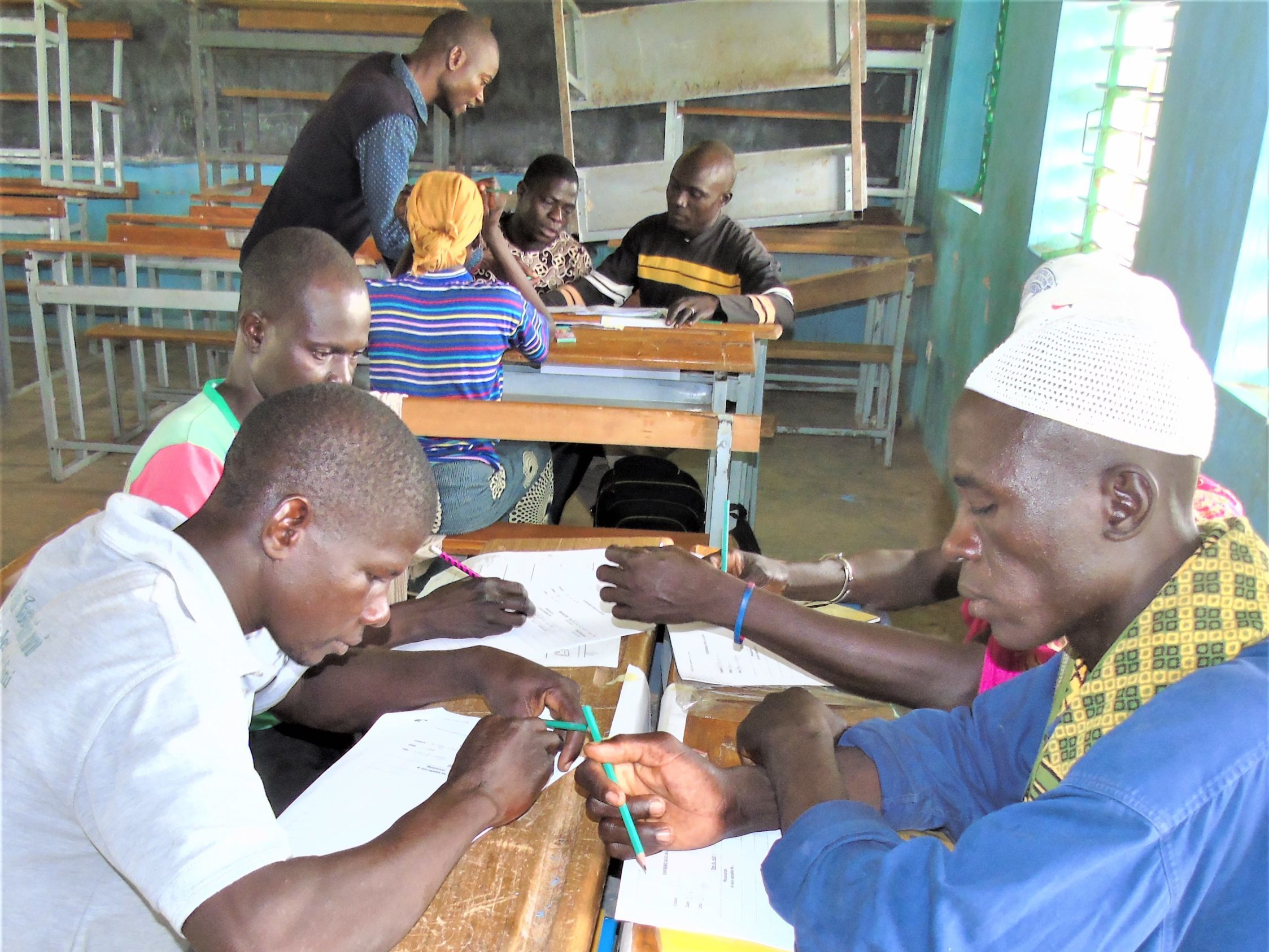SHISUN
General Objectives
The SHISUN project has been set up in Mali and Burkina Faso to safeguard and protect shea stands over the long term, in order to guarantee access to and sustainable use of this resource by women in both countries.
Funding
Swiss Cooperation/Intercooperation
Implementation period: 2008-2010
Coverage Area
Sissili and Banwa provinces
Specific objectives / Expected outcomes
R 1: Women participate in decision-making processes relating to the management, access and control of the shea resource.
R 2: Effective links between the sustainable management of the shea resource and the profitable economic valorization of shea products are promoted.
R 3: Communities have improved their ability to preserve the productive potential of the land by creating the conditions necessary for multiple use of agroforestry parks.
R 4: Communities and technical services have strengthened their skills and knowledge in the sustainable management of natural resources.
Direct beneficiaries
• Union of Producers of Banwa Shea Butter
• Union of Sissili and Ziro shea product producers cooperatives
• Village communities with shea agroforestry parks
Implementation Partners
- Provincial Federation of Sissili Farmers
- Provincial Federation of Banwa Cotton Producers
- Shea industry table
- INERA Forest Production Department
- National Centre for Forest Seeds




Few Results
R1
- Emergence of women's organizations committed to political dialogue in the management of shea stands: 40 women's groups, two communal unions of women's groups and a provincial union on shea in the Banwa;
- Emergence of 12 women's groups in the Sissili region to manage newly-acquired parks;
- 28 parks with a surface area of 863.78 ha (636.38 in Sissili and 227.4 in Banwa) have been acquired by women, who define the management methods;
- The women of Sissili have set up an advocacy framework through an annual event.
R2
- The boundaries of the parks granted to women have been marked out
- Productive potential of these parks was assessed
- The women of the UGPPK have made the allocation of butter orders to their members conditional on a commitment not to use shea wood.
- Organic certification of shea parks, which defines park management rules and adds value to the products, makes it possible to reconcile protection of the resource with its economic development.
- In 2008, UGPPK increased its conventional sales by 100% (5 to 10 t) and its organic sales by 66% (18 to 30 t)
- Investments in parks enable UGPPK to collect an average of 60 tonnes of organic almonds a year.
- 5% of operating resources are invested in environmental protection. Reduced cutting of shea trees and harvesting of immature fruit in both provinces.
- Reduces in logging of shea trees and harvesting of immature fruit in both provinces.
R3
- Annually, 75% of income from the sale of products goes to women's groups, 25% to the running of the union.
- Four village conventions validated in the Banwa and Sissili regions.
R4
- Capacity-building for deconcentrated forestry services in shea grafting techniques, sanitary pruning, rejuvenation and drawing up agreements.
- Forestry services have improved information on the status of agroforestry parks within their jurisdiction.
- Regional councils have become aware of the issues surrounding the shea resource: the President of the Centre Ouest Regional Council has applied to the MECV for an exemption to prune trees.
- Four municipalities have strengthened their capacity to lead the process of drawing up local natural resource management agreements.